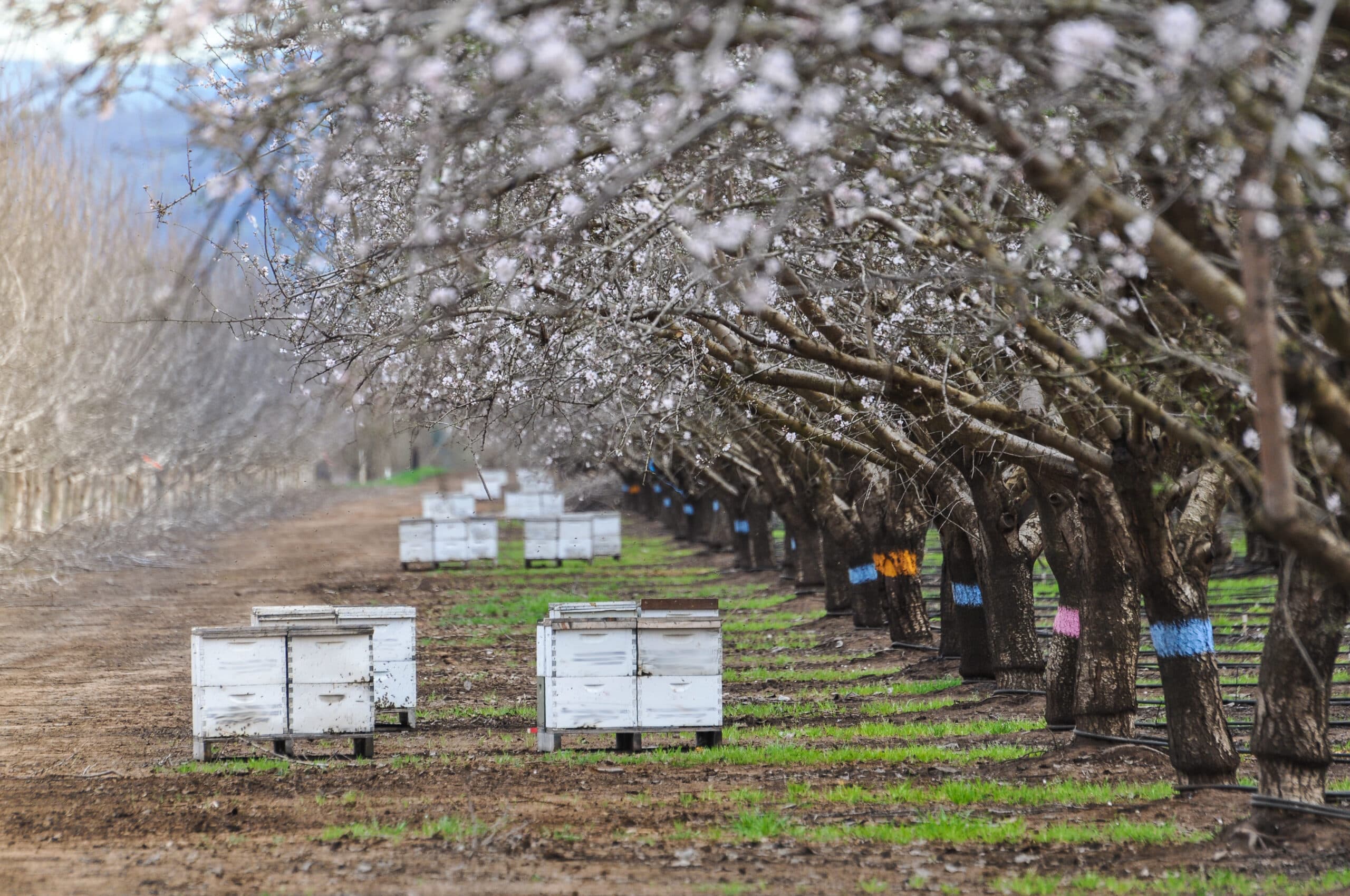Did you know that the pollination industry is worth anywhere from $8 billion and $20 billion? In fact, the real figure is probably much higher as that study by Curtin University did not include the pollination of lucerne and clover which supports out cattle industry.
With such a high value placed on the pollination industry, Plan Bee – Australia’s National Honey Bee Genetic Program, is aiming to build a deeper connection between the honey bee industry and its partners in pollination dependent industries.
A webinar was recently held which covered a range of topics including pollination best practice and a discussion around issues between the relationship between growers and beekeepers.
Hosted by Nadine Chapman, lead researcher for the Plan Bee program, the webinar discussed how the pollination industry’s growth means there is a need for beekeepers to adapt to ensure they can provide a service which suits the changing nature of pollination. Breeding better bees is key component of that evolution.
Nadine was also joined by Deidre Jaensch, Industry Development Manager, Almond Board Australia.
Almond pollination is the single largest livestock movement event in Australia each year and by 2025 360,000 hives will be needed just to service the Australian almond industry.
According to Deidre, its not just about ensuring the pollination industry has the capacity to service the honey bee industry but that both growers and pollinators are on the same page as they grow together. Biosecurity, floral resources available, chemical use and contractual arrangements are the most important areas of focus.
On the beekeeper side, Steve Fuller provided guidance for beekeepers on farm safety during pollination. A key takeaway is that a night visit should be conducted before pollination starts.
Steve also agreed with Deidre that communication and being on the same page as growers was key to the mutual success of a pollination contract.









